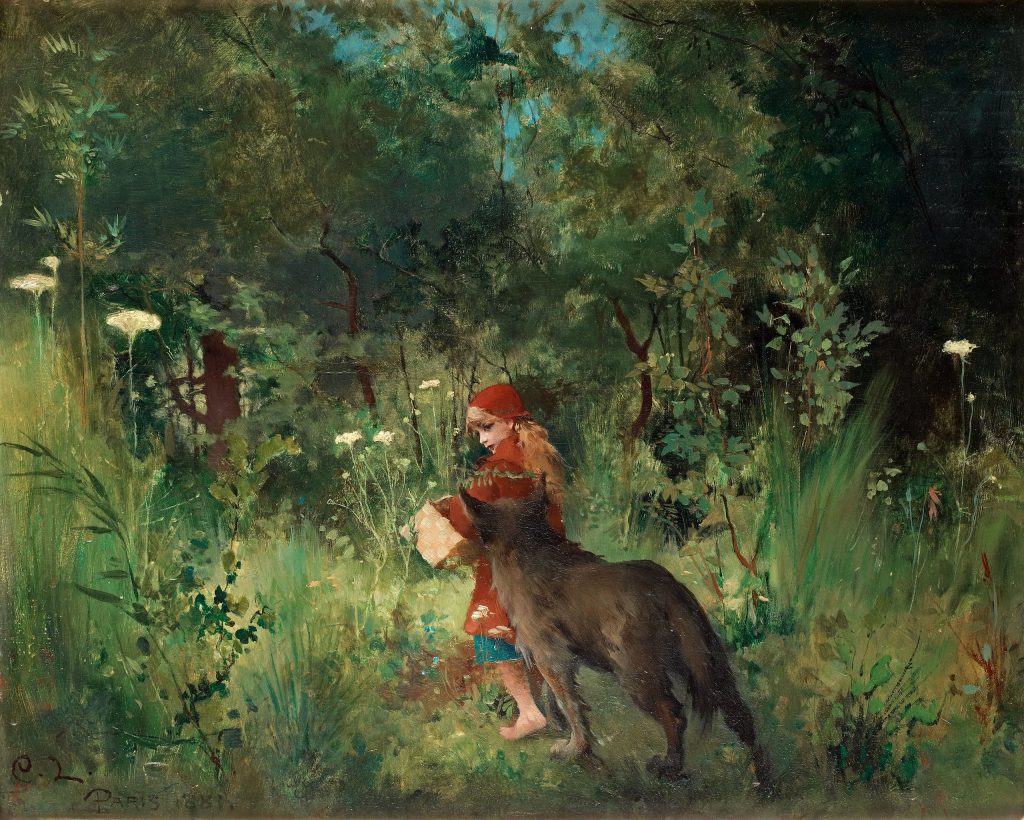
Carl Larsson (1853-1919) was a Swedish painter and interior designer known for his charming and idyllic depictions of domestic life in Sweden during the late 19th and early 20th centuries. He is particularly celebrated for his watercolor paintings of his family’s home and daily life, which have become iconic representations of Swedish interior design and family life.

Early Life and Education:
- Carl Larsson was born on May 28, 1853, in Stockholm, Sweden.
- He came from a modest background and faced early struggles in his career but eventually received a scholarship to study art at the Royal Swedish Academy of Fine Arts in Stockholm.
Artistic Style and Subjects:
- Larsson’s art is characterized by its warm and vibrant use of color, attention to detail, and a focus on the coziness and simplicity of domestic life.
- He frequently painted scenes from his own family life, particularly his wife, Karin, and their children. These paintings often depicted the Larsson family’s home in Sundborn, a village in Sweden.
- His works captured the essence of Swedish folk art and the Arts and Crafts movement, emphasizing a harmonious and decorative approach to interior design and everyday objects.

Recognition and Legacy:
- Carl Larsson gained recognition for his work through exhibitions and publications. His watercolors were featured in books and magazines, and they resonated with a wide audience.
- Larsson’s influence extended beyond the art world; his work helped popularize the Swedish Arts and Crafts movement, which emphasized craftsmanship, simplicity, and traditional designs.
The Lilla Hyttnäs House:
- One of Larsson’s most enduring legacies is the Lilla Hyttnäs house in Sundborn, which he and his wife transformed into a showcase of their artistic and decorative talents.
- The home became a source of inspiration for many of Larsson’s paintings, as he depicted its cozy interiors and the family’s harmonious life there.

Legacy and Influence:
- Carl Larsson’s art continues to be celebrated for its timeless depiction of family life and its ability to evoke a sense of nostalgia and comfort.
- His watercolors have inspired interior designers, artists, and fans of Swedish culture around the world.
- The Larsson family’s home, Lilla Hyttnäs, has been preserved as a museum, allowing visitors to experience the atmosphere that served as a backdrop for many of his iconic paintings.
Carl Larsson passed away on January 22, 1919, leaving behind a legacy as one of Sweden’s most beloved artists. His ability to capture the warmth and beauty of everyday life, combined with his influence on interior design and the Arts and Crafts movement, continues to be celebrated in Sweden and internationally.




